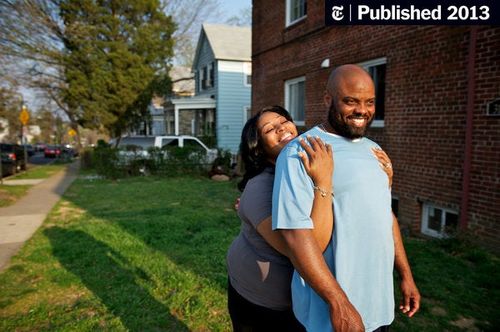Prison and the Poverty Trap

Prison and the Poverty Trap
7/18/2013
link
summary
This New York Times article discusses the relationship between long prison sentences and poverty. It highlights how lengthy incarceration can contribute to financial hardship for individuals and their families. The article explores various factors such as loss of income, limited job prospects, and the accumulation of legal debts that can hinder successful reintegration into society. It also examines the racial and socioeconomic disparities in the criminal justice system that disproportionately impact marginalized communities. The article calls for alternative approaches to incarceration that focus on rehabilitation and reintegration, rather than solely punitive measures, to address the cycle of poverty and mass incarceration.
tags
long prison terms ꞏ poverty ꞏ criminal justice system ꞏ incarceration ꞏ social inequality ꞏ poverty cycle ꞏ economic impact ꞏ sentencing laws ꞏ prison reform ꞏ criminal justice reform ꞏ poverty reduction ꞏ criminalization of poverty ꞏ social justice ꞏ economic disparity ꞏ mass incarceration ꞏ rehabilitation ꞏ recidivism ꞏ systemic injustice ꞏ socioeconomic factors ꞏ social mobility ꞏ wealth gap ꞏ poverty rates ꞏ criminal penalties ꞏ economic disadvantage ꞏ prison population ꞏ social policy ꞏ social welfare ꞏ inequality ꞏ poverty alleviation ꞏ criminal behavior ꞏ economic justice ꞏ criminal records ꞏ poverty trap ꞏ poverty and crime ꞏ rehabilitation programs ꞏ social exclusion ꞏ economic opportunity ꞏ prison sentences ꞏ social barriers ꞏ poverty and punishment ꞏ social reform ꞏ social impact ꞏ social disadvantage ꞏ legal system ꞏ justice system ꞏ poverty statistics